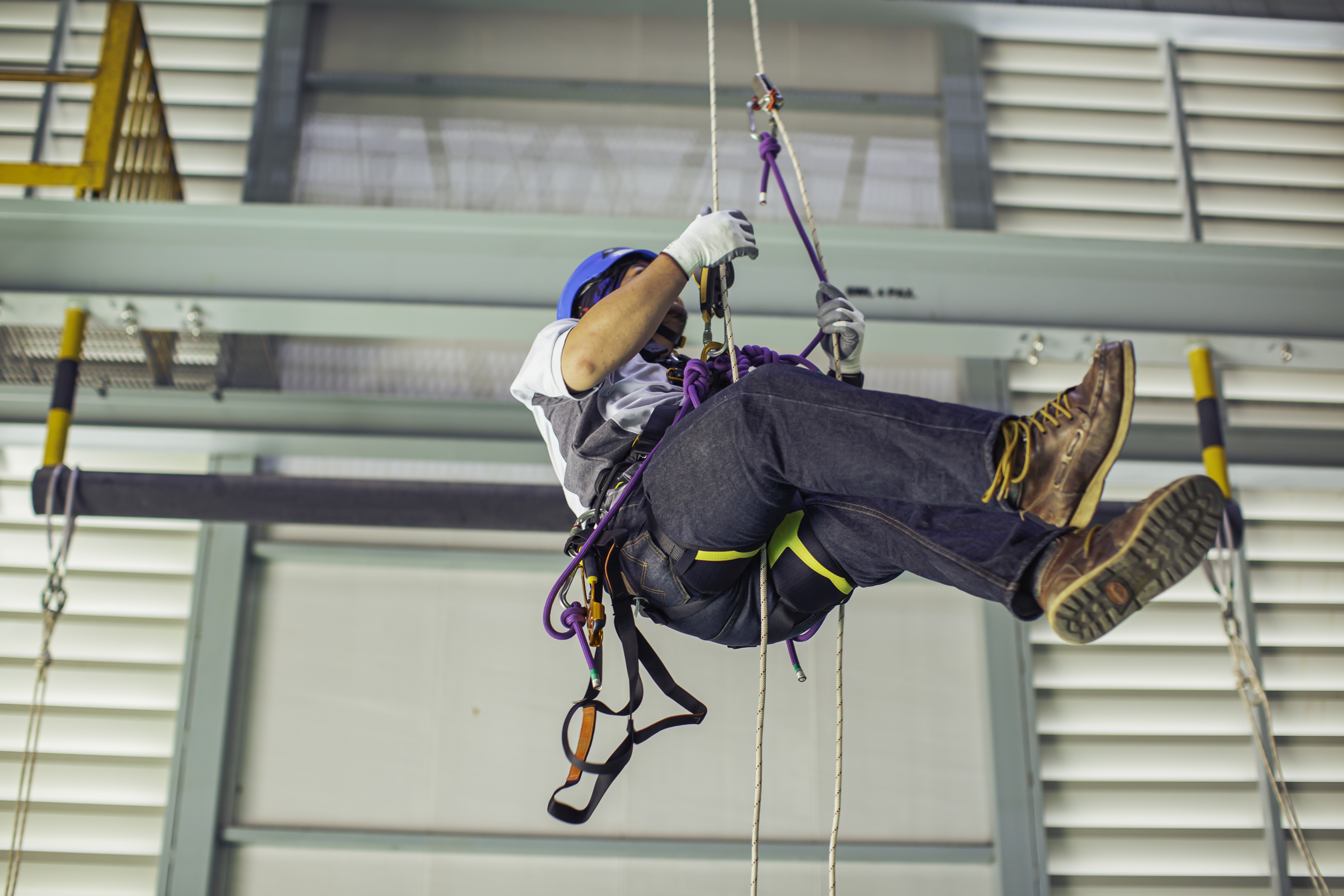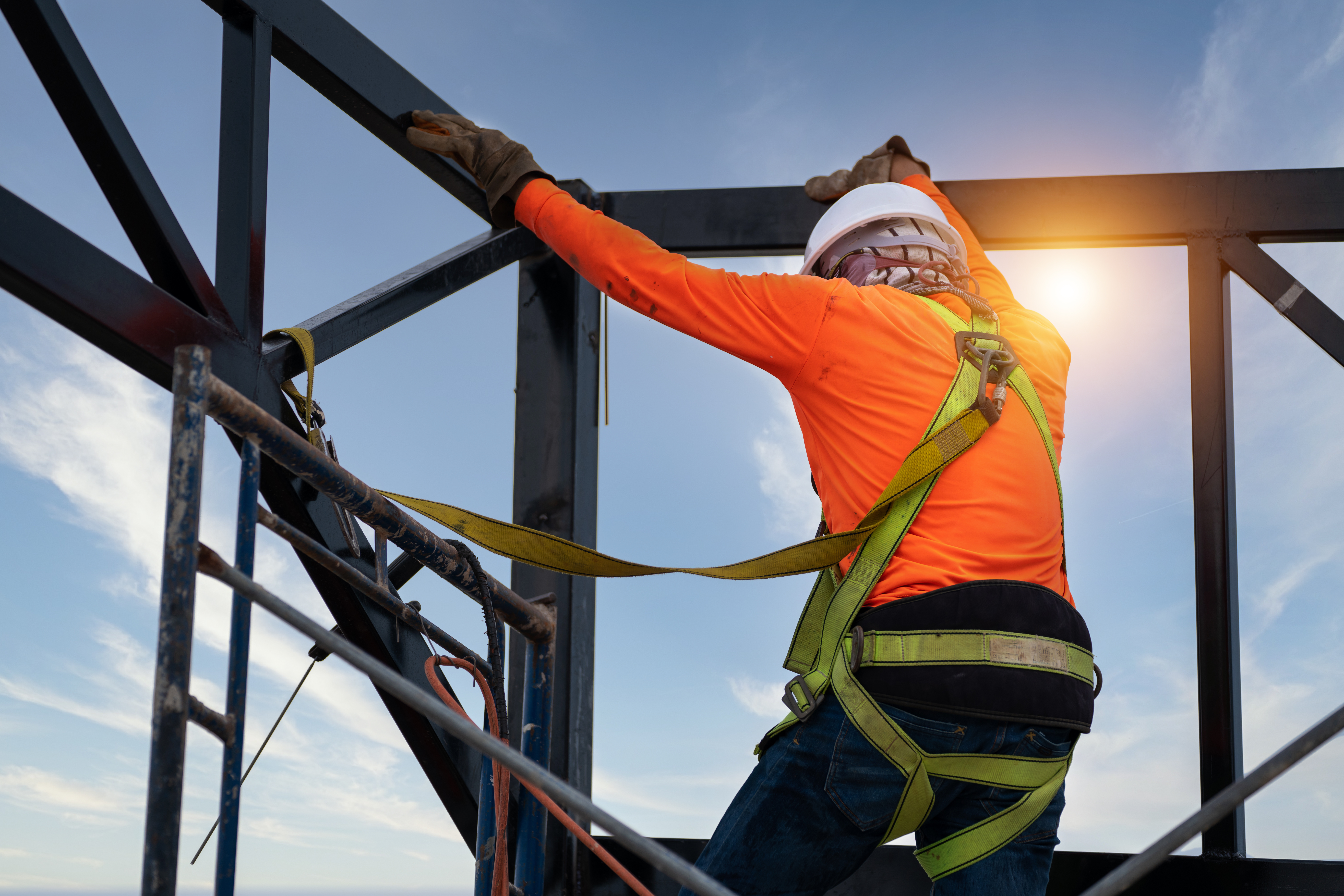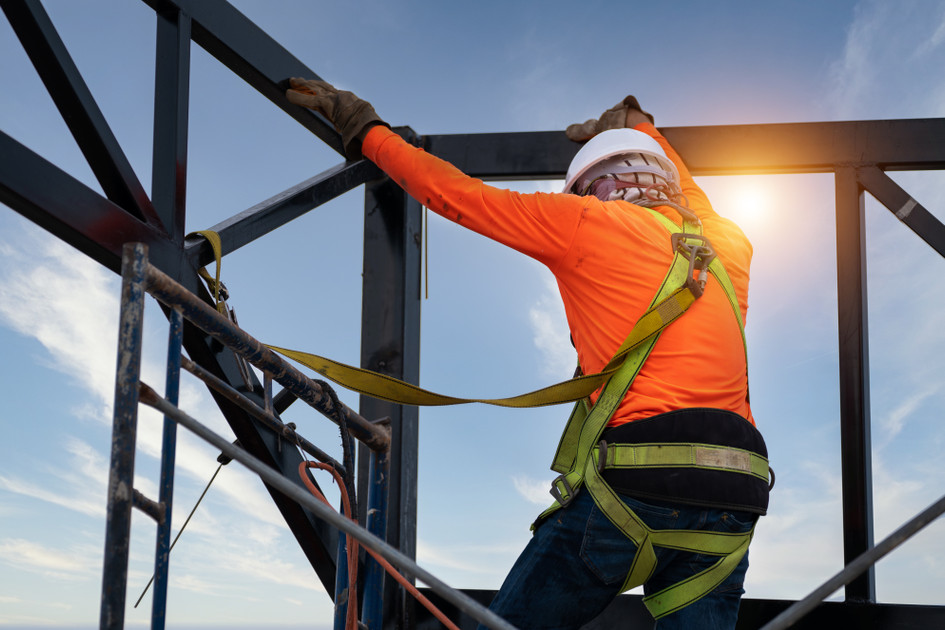Arrest VS Restraint
Posted by Howie Scarboro - CEO Fall Protection Distributors, LLC on Mar 2nd 2023
Fall Arrest VS Fall Restraint Systems | Fall Protection Equipment
Falls are one of the leading causes of workplace injuries and fatalities, so it's important to have the right
fall protection equipment in place. Two types of systems that can be used for this purpose are fall arrest
and fall restraint systems. Both provide an effective way to protect employees from serious injuries due
to falls, but there are some key differences between them that should be taken into consideration when
choosing which system is best suited for your needs.
In this blog post, we'll explain what these two types of systems are and how they work, as well as their
advantages and disadvantages so you can make an informed decision on which type is most appropriate
for your workplace.
What Is A Fall Arrest System?
A fall arrest system is a type of personal protective equipment that is designed to prevent an individual
from sustaining serious injuries due to a fall. This system will stop a fall already in progress.
Personal fall arrest systems typically involve the use of a harness, lanyard, and anchorage point which are
connected together in order to provide support and protection for the user. In addition, it also helps
absorb some of the shock if they do fall.

What Is A Fall Restraint System?
A fall restraint system is another type of personal protective equipment but instead of stopping a fall in
progress, it prevents a user from reaching an area with a potential fall hazard.
Fall restraint equipment typically includes a harness, lanyard, and anchor point which are connected
together in order to restrict movement while still allowing the user to work safely.
The main advantage of a fall restraint system over a fall arrest system is that it reduces the likelihood of
an individual falling from height by limiting their movement, thus providing an added layer of protection.
What Are The Benefits Of Fall Arrest Systems?
Fall arrest systems are essential in ensuring workplace safety, as they provide a way to protect a falling
worker and reduce the likelihood of serious injuries due to fall hazards. The main benefit of fall arrest
systems is that they can stop a fall already in progress by providing support and security with the use of a
harness, lanyard, and anchorage point.
In personal fall arrest systems, the lanyards are designed to act as shock absorbers if someone does
happen to fall, which reduces the likelihood of them sustaining more serious injuries.
In addition, it allows for greater mobility since users are not restricted to one point and can move freely
within their tether. Finally, fall arrest systems come with additional components such as self-retracting
lifelines which further increase safety levels when working at height. Fall arrest equipment is also
relatively easy to install and maintain.
What Are The Benefits Of Fall Restraint Systems?
Fall restraint systems provide an additional layer of protection compared to fall arrest systems as they
limit movement and reduce the likelihood of workers reaching an area where they could encounter
potential fall hazards. This system restricts a user to one area, while still allowing them to work safely, as
they are connected to a fall protection system.
One of the main benefits of fall restraint systems is that they can be used in situations where general fall
arrest systems may not be suitable due to limited space, such as when working on a ladder for example.
In addition, since the user is restricted to one area, they can be more productive by focusing on the task
at hand rather than having to monitor the area for a fall hazard. Finally, fall restraint systems are
generally less expensive compared to fall arrest systems and require less maintenance over time.
Keep in mind that these aren't the only fall protection systems available when it comes to active fall
protection. You can visit Fall Protection Distributors for the full range.

Arrest VS Fall Restraint - Which Is Better?
The answer to this question depends entirely on the situation and environment. Fall arrest systems are
typically used in areas where there is a risk of falling from a height, while fall restraint systems provide an
additional layer of protection and can be used if there is limited space or other restrictions in place.
Ultimately, it's important to assess the risks associated with the type of work you will be carrying out,
the type of fall hazard you'll likely encounter, and whether or not you have a safety net or other fall
protection systems already in place and then choose the appropriate fall restraint or fall arrest system
that fits your needs. It is recommended to consult a qualified safety professional who can help assess the
risks and provide advice on which system is best suited for you.
No matter what type of fall protection system you choose, it's essential to ensure that all components
are regularly inspected, tested, and maintained in order to ensure that they are functioning correctly and
will provide the required level of protection. Remember, a fall arrest or restraint system is only as
effective as its weakest link - so it's important to make sure that all components such as harnesses,
lanyards, anchors, and connectors are regularly inspected and replaced when necessary
Conclusion
When it comes to fall restraint vs fall arrest fall protection system support, they are both essential for
ensuring safety in the workplace when working at height. However, it is important to assess the situation
and environment before deciding which system is best suited for you.
It's also essential to ensure that all components are regularly inspected, tested, and maintained in order
to provide the required level of protection and ensure worker safety.
No matter what type of fall protection system you choose, making sure it is properly implemented and
maintained is the key to effective fall protection.
By following these steps and implementing an appropriate fall protection system, you can ensure that
your workers are safe when working at height and make sure that they have the protection they need.
Thank you for taking the time to read this article on Fall Restraint vs. Fall Arrest Systems! We hope it was
insightful and provided useful information about the different types of fall protection systems available.
We wish you the best of luck in keeping your workers safe at height!
Please feel free to contact us if you have any further questions or would like more information. We look
forward to hearing from you soon.

